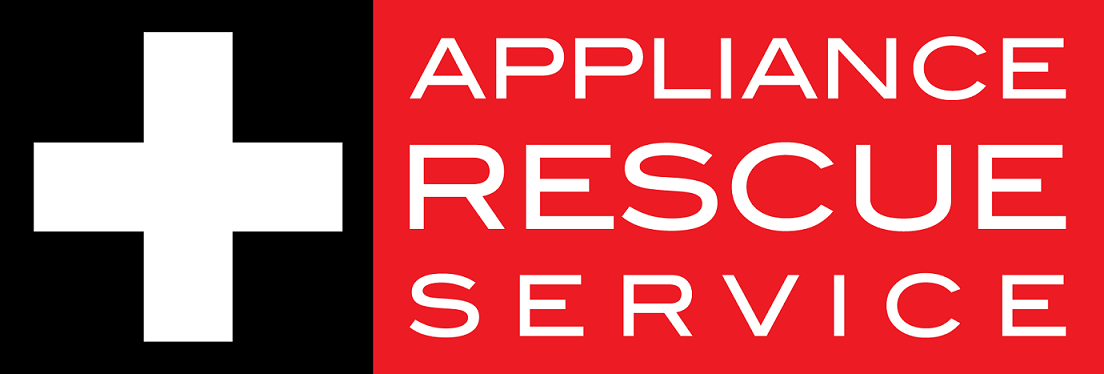Definitions, Retrofitting and Small Choices to Make Your Home Greener and More Sustainable
Table of Contents
What does that mean for a home?
Some ways you can achieve it.
Do you ever wonder what all of the jazz is about being 'sustainable?' What does it even really mean? We're taking a look at that, some ways to retrofit your home to be sustainable and everyday choices you can make.
Definition
According to Merriam Webster "sustainable" can be defined as:
-able to be maintained at a certain rate or level.
"sustainable fusion reactions"
-conserving an ecological balance by avoiding depletion of natural resources.
"our fundamental commitment to sustainable development"
What does that mean for a home?
So your home in theory needs to either be "able to be maintained at a certain rate or level" or "conserve an ecological balance by avoiding depletion of natural resources. Well, that gives us a start, but it's not really clear is it? After all, once a home is built, you're not doing a ton to bring in new materials, or are you? Let's try looking at it this way. A sustainable home should be one that's either built or retrofitted in a way that it respects resources and their availability, optimizes energy usage and creation (when possible) and uses water wisely. Sustainable homes use low-impact, high-performance materials throughout, and are efficient in terms of manufacturing, shipping and installation.
So ideally, whether you're retrofitting your home or looking to build from scratch, your home should "respect resources," optimize energy usage, and use water wisely. With that list in mind, that's considerably more manageable to tackle than trying to redo EVERYTHING from the ground up. Wouldn't you say?
Some ways you can achieve it.
These are meant to be a guide for you, not a step-by-step outline. If you want more information and more in-depth guides, let us know in the comments and we'll expand on it!
First off, don't try and do everything at once. Pick one section, list what falls under that section in your home, and then look to see what you can change. Out of everything else that we talk about today, that's the most important one to keep in mind. If you try and take everything on at once, you'll burn yourself out before you get it done.
Both retrofitting and building new will have drawbacks, so consider carefully before you decide. Make a list of pros and cons to get a better grasp on what will affect your day to day life, finances and family.
Different things you can look at include:
- Building materials - Sustainability isn't just "are these materials going to last a long time," it's also "how are these materials harvested?"; "How are they made?"; and "how are they used?"
-Building methods - Can you have a cool roof? What about designing your home in a way that allows air to move fluidly through the home?
- Insulation- You want to look at a type of insulation that is sustainably produced, and is also going to protect your home best from loss of heat and cold.
-Windows - Again, keeping heat and cold in or out of your home, your windows are a big deal.
-Heat, ventilation and air conditioning
-Plumbing fixtures
- Appliances - Energy Star appliances
- Energy generation from solar and wind- If you can generate power on your own property, you can reduce your bills which is always a win.
- Your habits when it comes to regular maintenance, conservation and green cleaning
For this post, we'll focus on retrofitting your current home, with the potential of covering building from the ground up later.
Replacing Windows
-Why - It results in less loss of heating/cooling and makes your home quieter. (Which we absolutely love, and bet you will too.)
-How - Look for windows that are tagged "low solar gain." This means less heat is conducted into your home through the windows. Reflective tech and double glazing are supremely important for keeping even more heat out. It also doesn't hurt to look at windows you can open on a breezy day.
Appliances
-We've talked about the Energy Star Seal before and how important that is to cutting your bills. Investing in appliances that are energy efficient is good not only for the environment but also for your environment as they draw less energy from the grid.
Ditch Your Sprinkler System
-While we are planning on talking about the benefits of getting rid of a 'traditional' lawn, for now let's consider a drip irrigation system.
Rather than watering your lawn 2-3 times a day just to keep it green, this is more efficient. Instead of soaking your yard and hoping the water gets to the roots, a drip irrigation system uses gravity to go directly to the roots. You save electricity and water. Double Win.
Every day changes you can make include the following:
-Draft proof your windows and doors- Seal them at the edges with foam or tape to help them close more firmly and keep drafts out.
-Invest in curtains or blinds, or both! - We've talked before about the importance during winter or summer of keeping your windows covered, and it's just as important now. While we know that curtains and blinds are as much a matter of design choice as anything else, using both can help cut down on your bills further.
-Reevaluate your home's insulation - Whether you go through your attic or basement, or take a look at the building plans for your home, check out what type of insulation was used on your home. It might be a project to tackle one room at a time to improve it and keep your home better insulated.
-Install solar panels
-Clean your refrigerator's coils - Keeping your refrigerator clean helps to keep it running more smoothly and staying cool.
-Clean your dryer vent
- Clean your dishwasher's filter
-Install a water filter that removes microplastics - Let's be frank, no one wants to eat plastic. Right now it's theorized that each of us is eating approximately enough microplastics to form a credit card, every day. Right now the easiest way to stop that is to install a water filter. Although it won't do anything to microplastics in your food, it's a place to start.
-Replace fluorescent bulbs with LED bulbs
-Clean out your gutters -Having overflowing gutters will not only affect your home, as we've discussed in the past, but it will also keep water from flowing into your drip irrigation system.
Benefits!
-Using less water and electricity, results in lower bills for you!
- Lower maintenance costs
Since one of the definitions of sustainability is "able to be maintained at a certain rate or level," a well-built green home is going to last for a very long time. Thanks to construction methods, your home will require less maintenance over time, which means less money spent to maintain it.
- Lower carbon footprint and better for the planet.
Do you think you'd like to go sustainable? What reasons are keeping you from doing so? Drop us a line in the comments below or over on our Facebook page. We'd love to hear from you!
If you're here because your refrigerator isn't keeping cool, or your dryer is taking forever to run, we can help! You can reach out to us on our contact page or by giving us a call at ((214) 599-0055). We'll work with you to set up an appointment that works for your schedule.








